
Glycolic acid and salicylic acid rank among the most commonly used ingredients in skin care. They’re featured in numerous over-the-counter (OTC) items such as cleansers, serums, and toners.
Both can exfoliate the skin and help combat acne, yet they differ in structure and offer distinct advantages.
This piece will guide you through choosing whether glycolic acid or salicylic acid better addresses your skin concerns or suits your skin type. It also outlines the perks and possible downsides of each ingredient, with some product suggestions.
What is glycolic acid?
Glycolic acid belongs to the alpha hydroxy acid (AHA) family. It occurs naturally in sugarcane but is also produced synthetically. Because it’s a small molecule, glycolic acid penetrates the skin barrier with relative ease.
Topically applied, glycolic acid exfoliates while helping the skin retain moisture. It works by removing dead cells from the surface layer, encouraging the renewal of fresh skin.
Glycolic acid also reduces inflammation and offers some protection against ultraviolet B radiation. Additionally, it has activity against acne-causing bacteria.
It’s primarily used to even skin tone and diminish signs of aging. Glycolic acid can also help:
- diminish hyperpigmentation and dark spots, including sun damage and acne marks
- brighten the complexion
- minimize the look of enlarged pores
- soften the appearance of fine lines and wrinkles
- improve skin firmness
- assist in controlling acne breakouts
Because of these effects, glycolic acid is commonly recommended for the following skin concerns:
skin prone to hyperpigmentation skin showing signs of aging acne-prone skin
Though generally safe, glycolic acid can irritate some users, particularly when used in high concentrations—around 10% or higher.
It can also make skin more sensitive to the sun, so applying sunscreen while using glycolic acid is important to prevent sun damage.
What is salicylic acid?
Salicylic acid is a beta hydroxy acid (BHA). It’s naturally present in sources like willow bark and wintergreen leaves and can be manufactured in a lab as well.
Like glycolic acid, salicylic acid exfoliates the skin. It’s especially effective at removing excess sebum (oil) and can help curb sebum production, making it useful for unclogging pores. Salicylic acid also has gentle anti-inflammatory and antimicrobial actions.
Its primary use is to prevent and treat acne. Other benefits include:
- managing oily skin
- reducing the look of blackheads
- helping to fade hyperpigmentation
This ingredient tends to be most suitable for:
acne-prone skin oily complexions skin prone to hyperpigmentation
Salicylic acid appears in many OTC formulas, but it’s not ideal for everyone; it can cause dryness or irritation in some people.
In rare instances, salicylic acid may provoke a serious allergic response.
Which one is better for acne?
Both acids can help with acne, but salicylic acid is generally the preferred option for active breakouts.
Unlike glycolic acid, salicylic acid reduces sebum in the skin, which is significant because excess oil can clog pores and increase the chance of acne. More sebum also creates an environment where acne-causing bacteria thrive.
The combination of exfoliating, anti-inflammatory, and antimicrobial properties makes salicylic acid particularly helpful for acne-prone skin.
If you want to try salicylic acid products, consider the following options available online:
Salicylic acid products for acne
- Paula’s Choice CLEAR Anti-Redness Exfoliating Solution with 2% Salicylic Acid
- The Ordinary Salicylic Acid 2% Masque
- Neutrogena Rapid Clear Treatment Pads
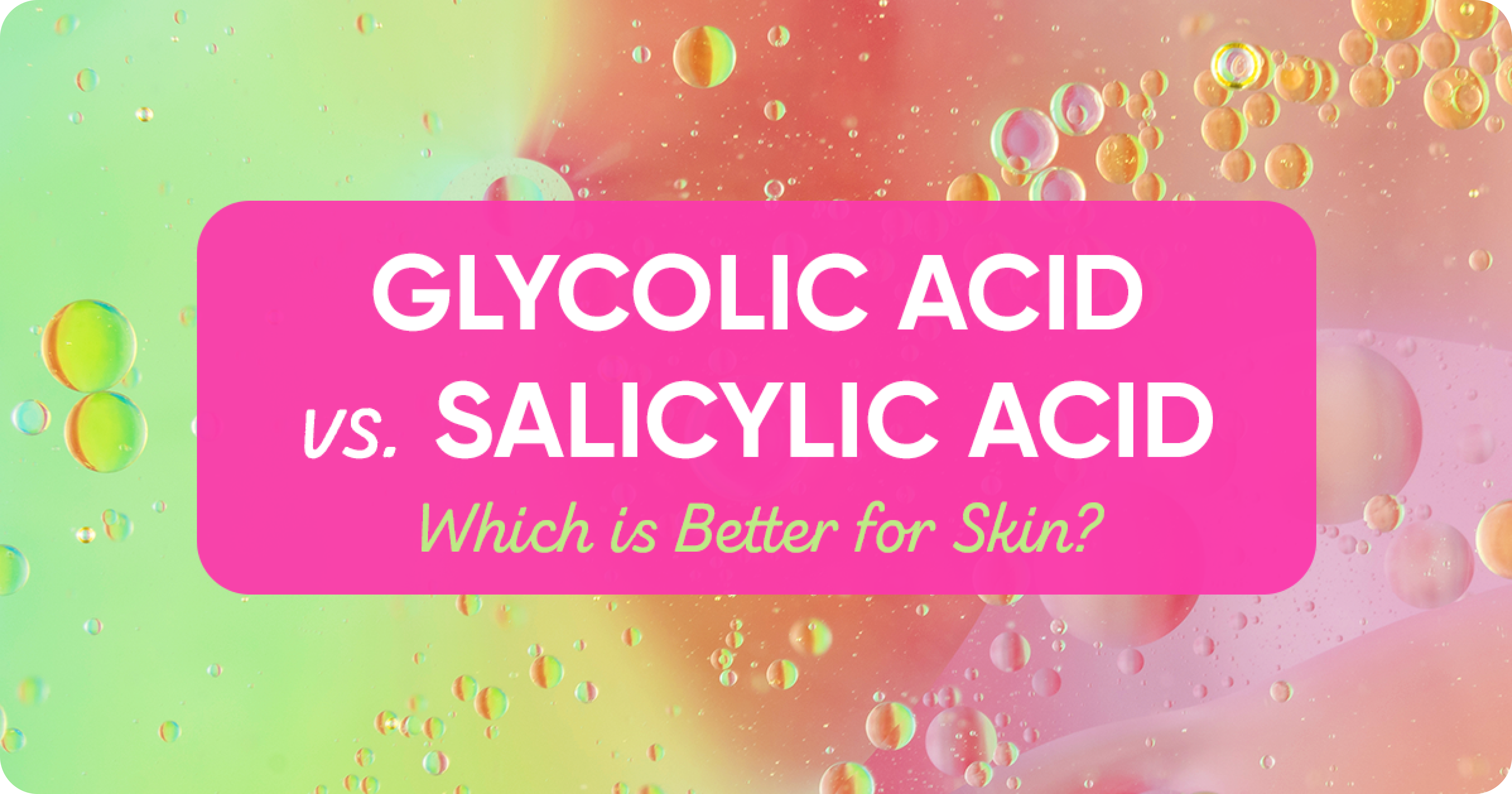
Which one is better for a chemical peel?
Chemical peels are cosmetic procedures that remove dead skin cells, enhance the skin’s appearance, and even out tone. If that’s your primary goal, a glycolic acid-based product is often a superior choice.
Glycolic acid’s small molecular size enables it to penetrate deeply and effectively exfoliate while helping the skin hold onto moisture.
Salicylic acid tends to be more drying and, if you don’t have oily skin, may remove too much natural oil.
If you’re considering a chemical peel product containing glycolic acid, these popular online picks are worth looking at:
Glycolic acid products for chemical peels
- Caudalíe Vinoperfect Glycolic Peel Mask
- Derma E Essentials Overnight Peel
- Pixi Glow Tonic
- First Aid Beauty Facial Radiance Pads
Which one is right for you?
As with any active in skin care, the best choice depends on individual needs and skin characteristics.
Glycolic acid might suit you better if you:
- are primarily concerned about hyperpigmentation or uneven tone
- want to lessen the look of fine lines and wrinkles
- do not have oily skin
- experience few or no acne breakouts
Conversely, salicylic acid is likely preferable if you:
- are dealing with active acne
- have acne-prone or oily skin
- struggle with clogged pores
Products that combine both glycolic acid and retinol and salicylic acid also exist; such formulations can be helpful when you’re tackling both hyperpigmentation and acne simultaneously.
The bottom line
Both glycolic acid and salicylic acid are widely used in skin care. Glycolic acid is an effective exfoliant that helps remove dead skin cells and is particularly useful for fading hyperpigmentation, smoothing fine lines, and evening skin tone.
For acne-prone skin, salicylic acid is usually the better choice because it helps eliminate excess oil and prevent or treat breakouts.
Always follow the directions on product labels, since overuse can lead to irritation.
If you’re uncertain which acid is best for your skin, consult a dermatologist or skin care professional for personalized advice.

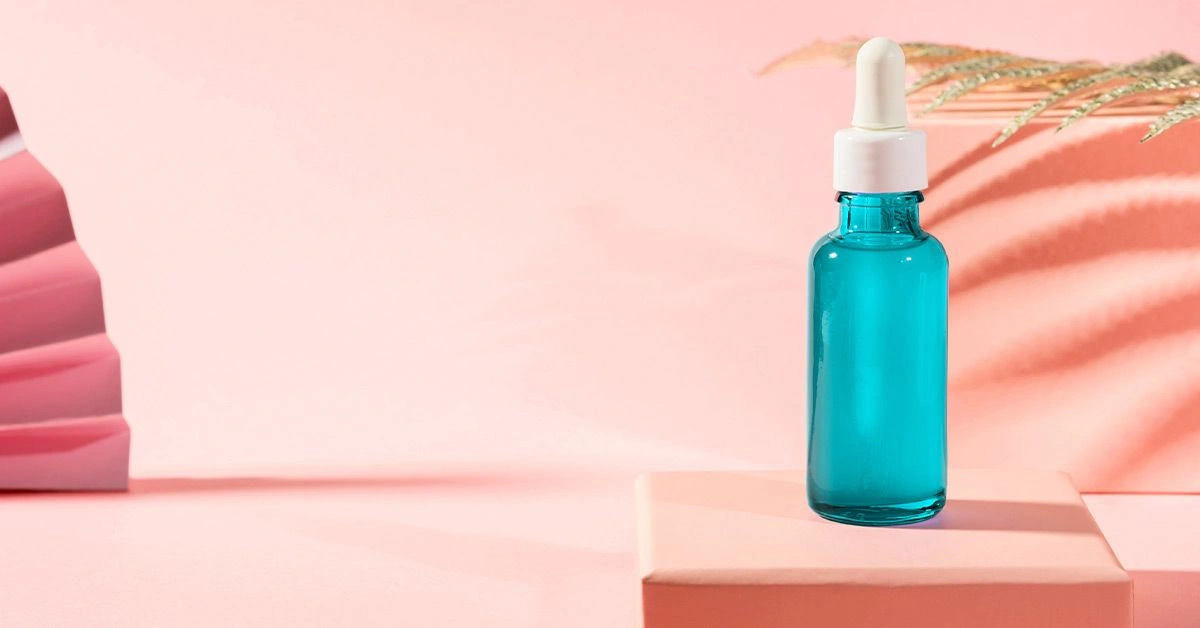

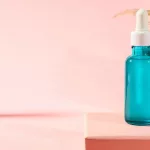






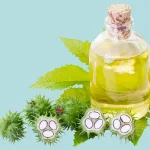
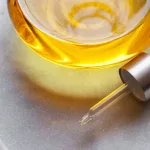






Leave a Reply
You must be logged in to post a comment.